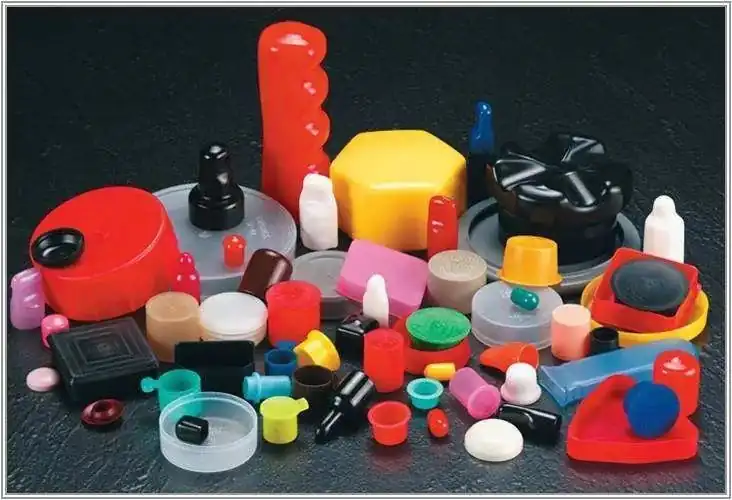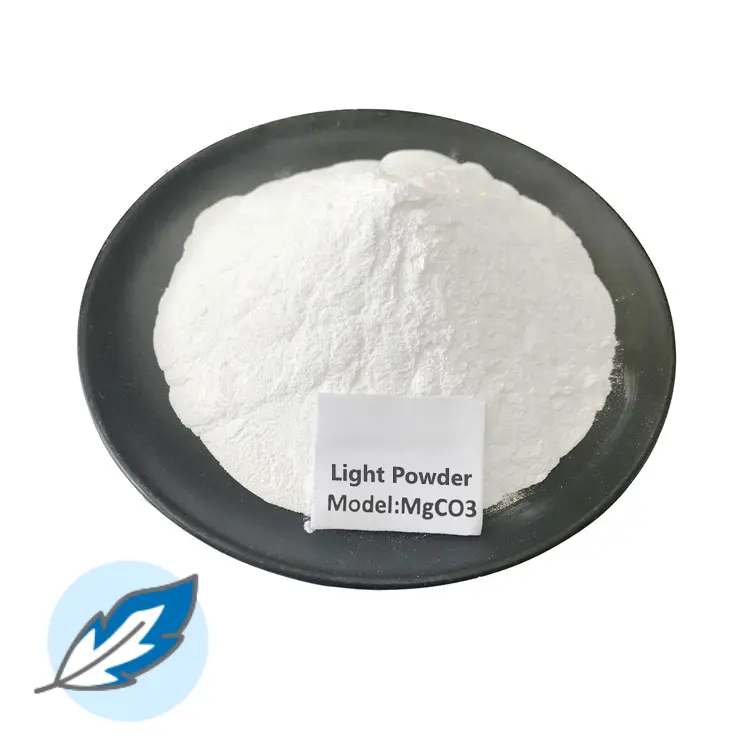In recent years, inorganic fillers have been widely used in the preparation of flame-retardant polymer materials, and aluminum hydroxide and magnesium hydroxide are more commonly used. However, with the continuous development of the production and sales scale of light magnesium carbonate, light magnesium carbonate is increasingly used as a filling material, as a reinforcing agent and filler in vulcanized rubber, and can be used as a heat-insulating and heat-resistant fireproof material.

Light magnesium carbonate, also known as basic magnesium carbonate, is a white monoclinic crystal or amorphous powder, non-toxic and odorless. As a new type of filler, light magnesium carbonate is lighter than ordinary inorganic fillers. In addition, when the polymer material is burned, light magnesium carbonate can not only release crystalline water to form an oxide barrier layer, but also release carbon dioxide gas, which plays a role in diluting flammable gases, so it can prevent fire and flame retardancy.
In the processing industry where inorganic materials are used as fillers, the biggest problem faced is that the polarity of the inorganic surface is very strong, and the dispersibility and compatibility in high molecular polymers are not ideal. Therefore, it is very necessary to modify light magnesium carbonate.
Stearic acid is a cheap organic acid with hydrophilic and hydrophobic groups similar to coupling agents. The terminal carboxyl group can react chemically with the polar groups on the surface of light magnesium carbonate, so that the surface of the inorganic material is coated with a layer of lipophilic groups. The dispersibility and compatibility of the modified inorganic material in high molecular organic matter will be greatly improved.
The use of stearic acid to modify light magnesium carbonate is mainly to study the effects of the amount of stearic acid, reaction temperature, and reaction time on the modification effect. The optimal modification conditions can be finally determined through experiments. The sedimentation volume, oil absorption value, and activation degree of the modified light magnesium carbonate were determined and characterized by infrared spectroscopy and thermal gravimetry. After modification, the hydrophilic surface of light magnesium carbonate becomes a lipophilic surface; the stearic acid and light magnesium carbonate are not simply physically adsorbed, but chemically reacted to form a new chemical bond. This shows that it is not simply adsorbed on the surface of light magnesium carbonate, but chemically reacted with the polar groups on the surface of light magnesium carbonate, firmly grafted on the surface of light magnesium carbonate in the form of chemical bonds.

